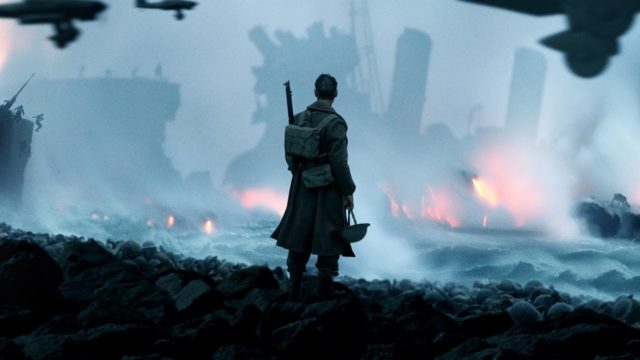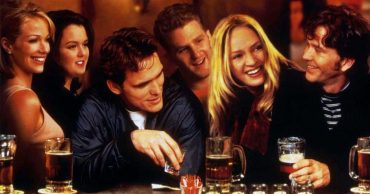
Historical movies are great largely because the audience gets a look into the past that they might not be able to imagine on their own. The story lines and plot arcs that take place in historical dramas often focus upon one person or ideal and don’t often deviate as the story is allowed to expand and become its own entity as the minutes roll by. What’s unfortunate is that history and Hollywood are not always on the same page. Directors tend to deviate now and again from the real story as they attempt to share the film according to their own vision. Dunkirk is subjected to this treatment as well, but not so much that the average person would be able to tell. There are a few moments in which the scene might not make sense, but overall you’d almost have to be a historian to tell the difference.
Here are five things wrong with the film that you might see if you really look.
5. The Spitfire could not land on beaches.
The Spitfire was the model of plane used by the English at Dunkirk, and at the end of the dogfight you can see one of them landing on the beach with its undercarriage down. This would be quite impossible largely because the undercarriage would simply sink into the sand due to its weight and the weight of the aircraft it supported. No self-respecting pilot would dare try landing on a beach unless it was an absolute emergency, which it was not in this case.
4. The Spitfire’s fuel tank.
Fuel tanks on the Spitfire were known to hold up to 85 gallons and could allow the plane to cover around a 395-mile span. Considering that Dunkirk was nowhere near that far away from their takeoff point the pilots should have been able to fly that distance and back again without much issue, even after the dogfights and maneuvers they were forced to execute along the way. Plus, as we see that Tom Hardy’s character must pop his reserve tank, it is also important to note that the Spitfire did not have a spare tank unless it had been refitted for recon missions.
3. The Little Ships of Dunkirk were vastly overplayed.
While it’s true that many individuals did aid in the recovery of the soldiers at Dunkirk it was definitely overdone in the movie. The Little Ships of Dunkirk as they became known did in fact save a great many soldiers, but the majority were saved by naval vessels. It’s not hard to believe that due to the nature of their vessels and their civilian status that these individuals were played up to such a degree to add to the story even as their historical contribution became exaggerated.
2. The issue with the French.
At one point in the film we are shown the image of French soldiers being told that the English ships are meant to rescue English soldiers only. This is an erroneous error that really has no place in the film. The truth is that French soldiers accounted for well over a third of those that were rescued from Dunkirk. Why this was added is kind of hard to imagine considering that there is no historical record stating that such a discriminatory event took place.
1. The state of Dunkirk.
In the film there isn’t much damage to the city as we can see, only a pile of sandbags here and there to really denote any trouble at all. In reality Dunkirk was ravaged in a way that should have been depicted as being devastated by the attacks that had been levied upon it. A pristine city was not what was left behind when the soldiers were rescued.
There are times to leave historical inaccuracies alone and simply watch the movie, but sometimes it is preferred for history to be shown as it is, not as a director wishes it to be.
 Follow Us
Follow Us



